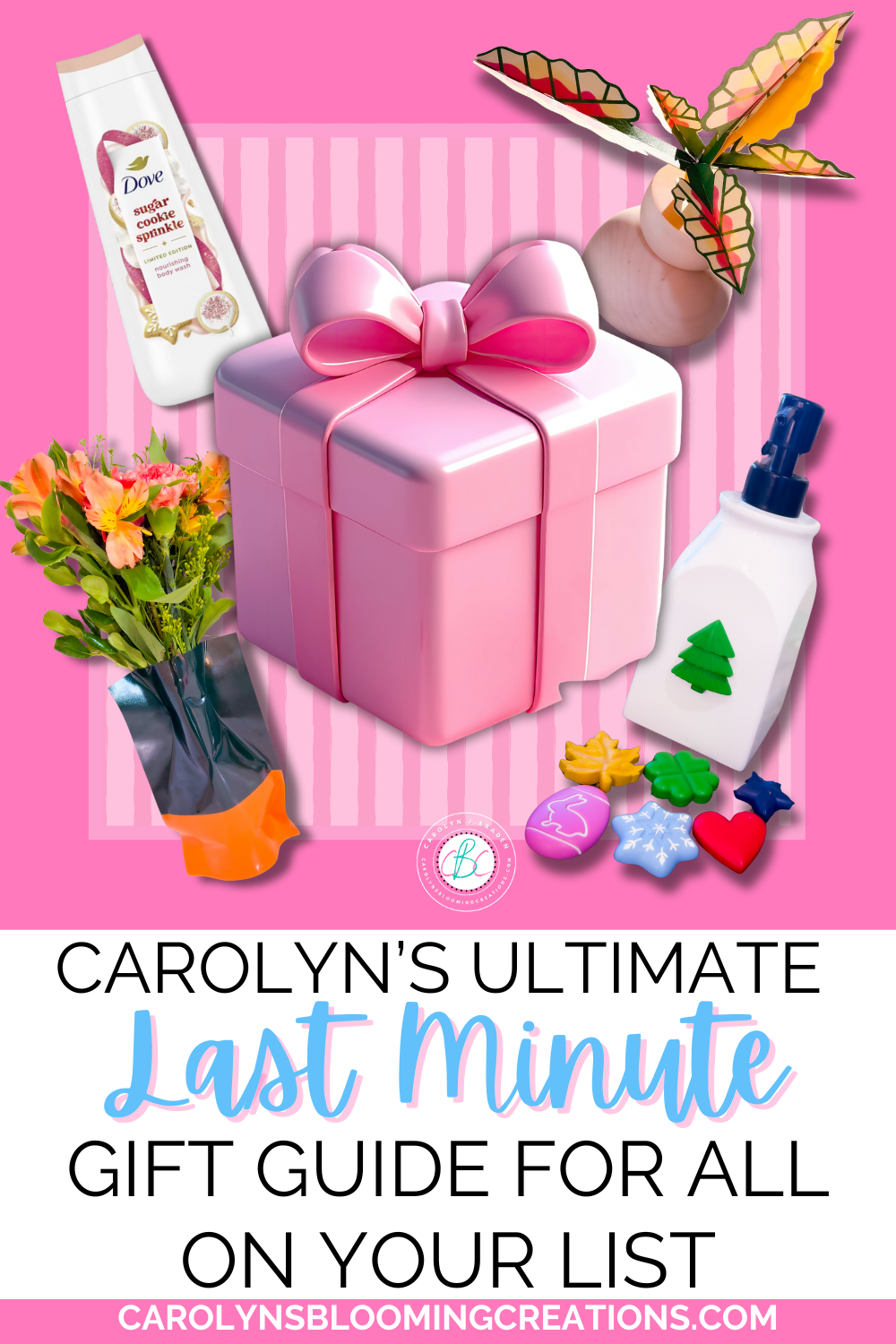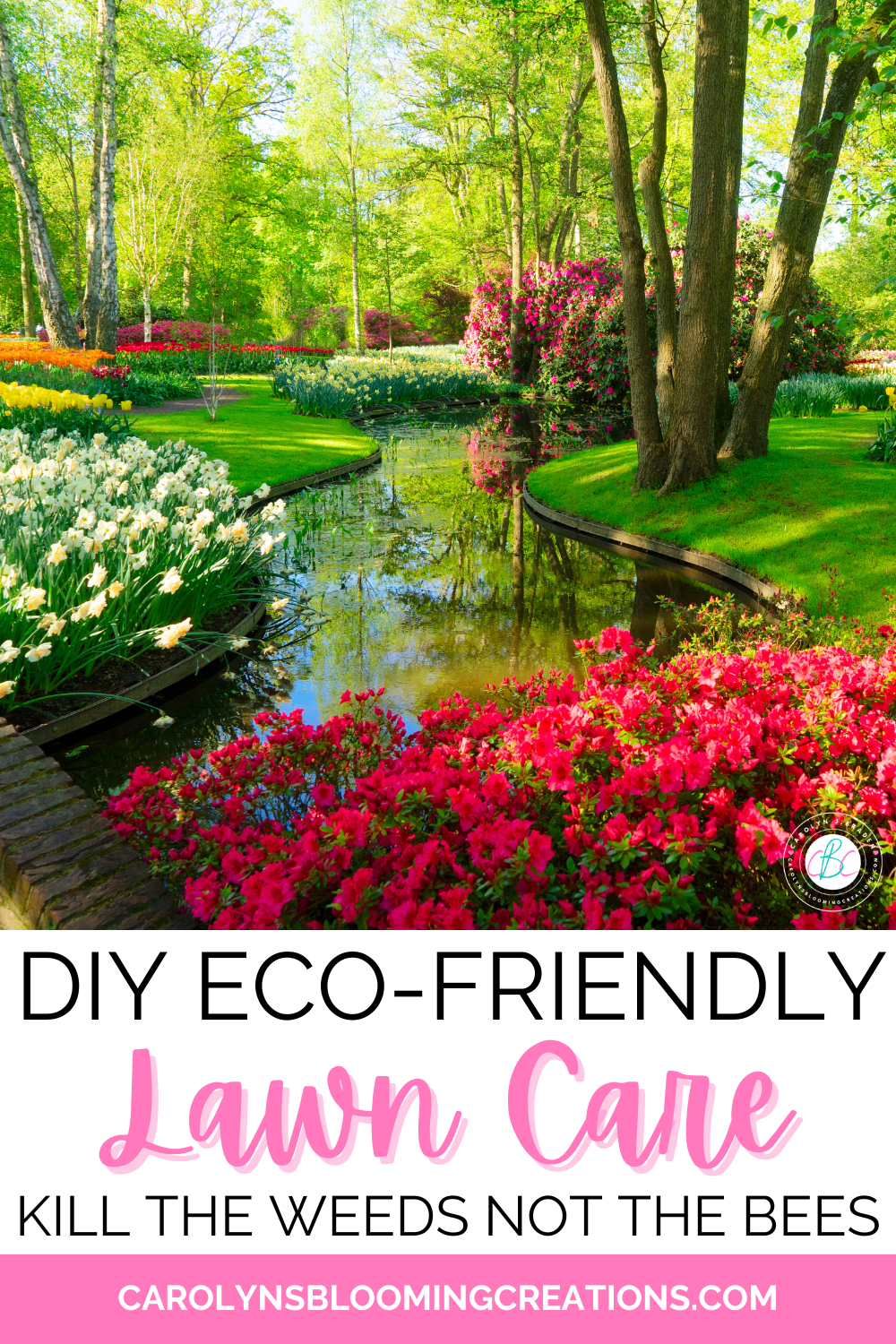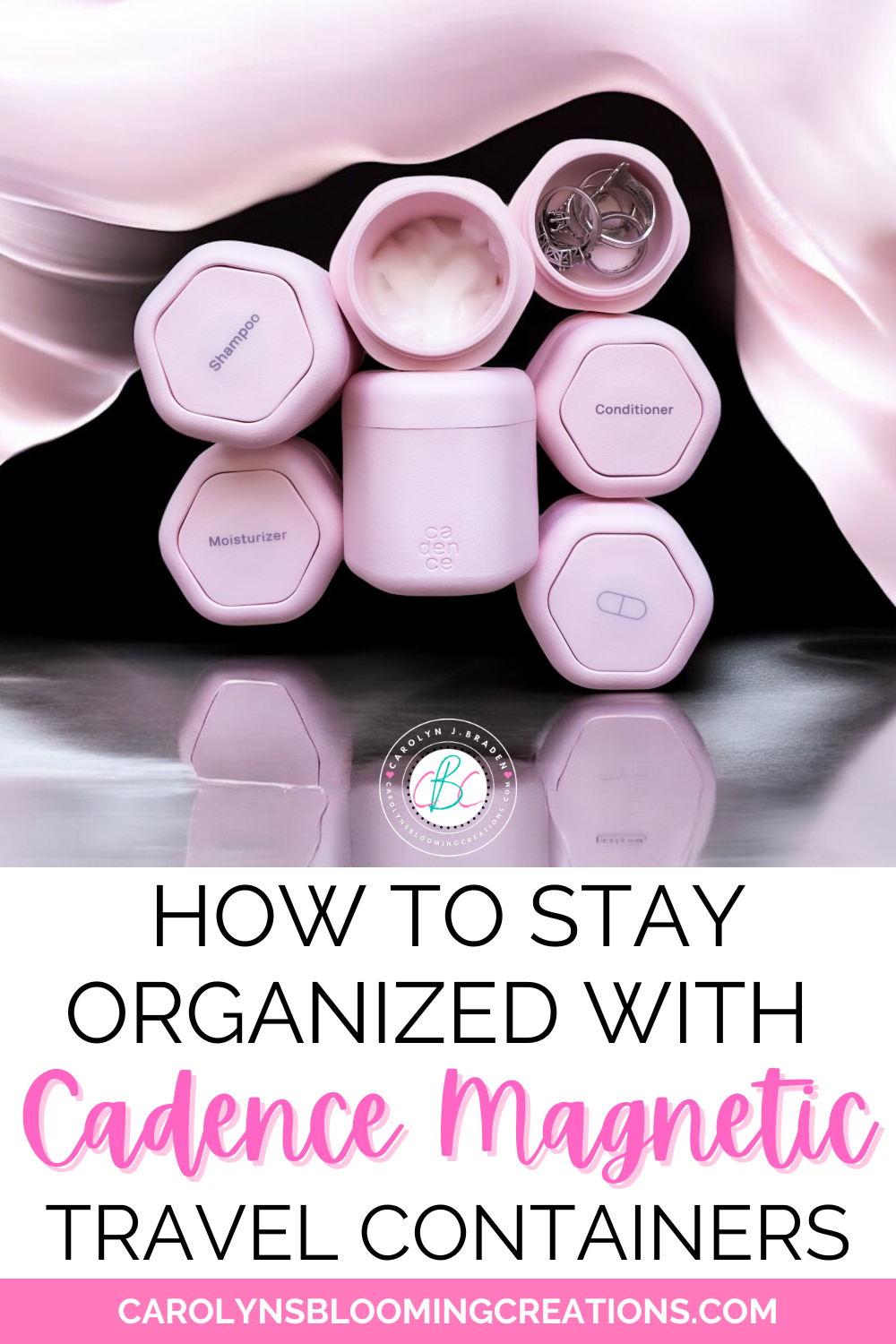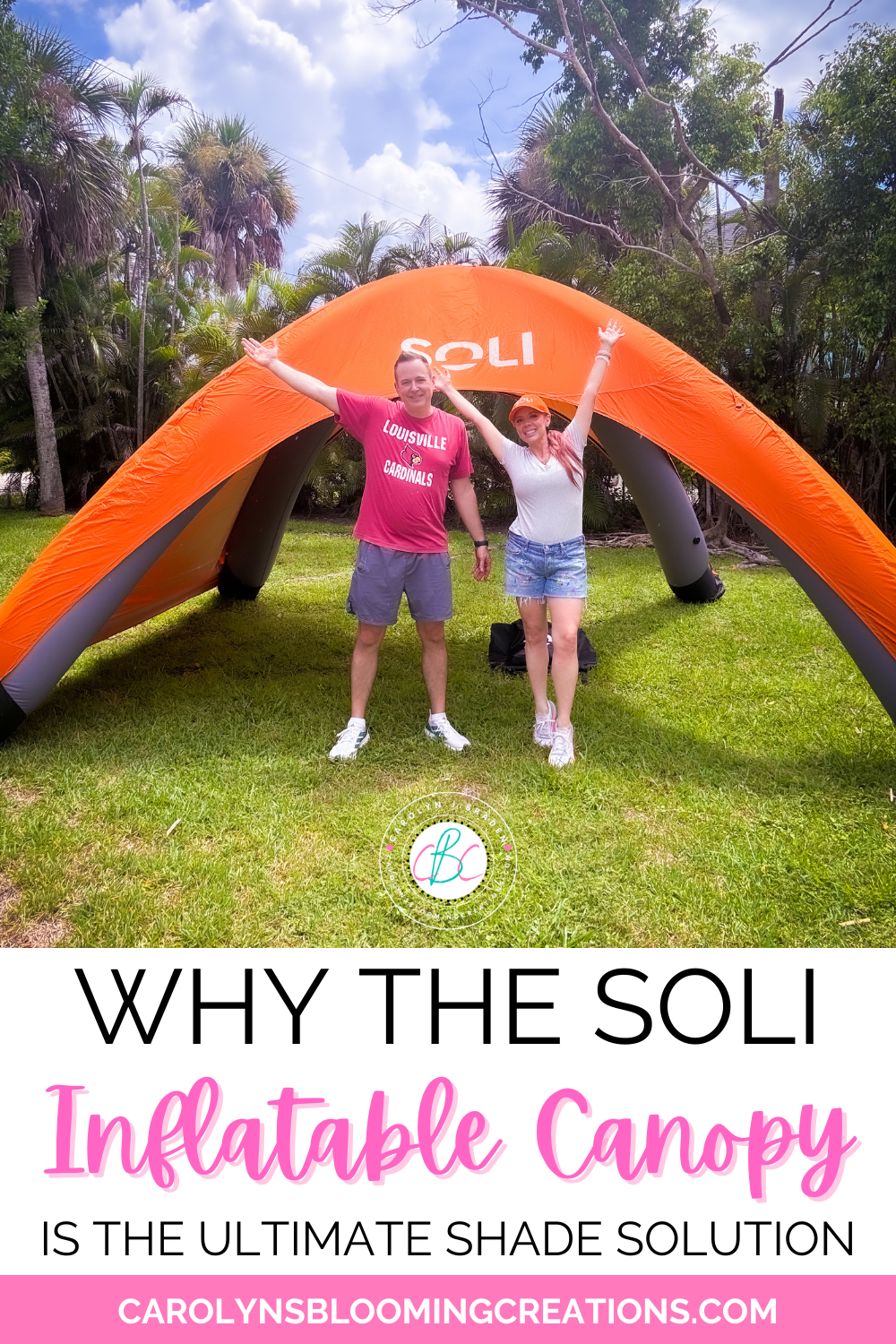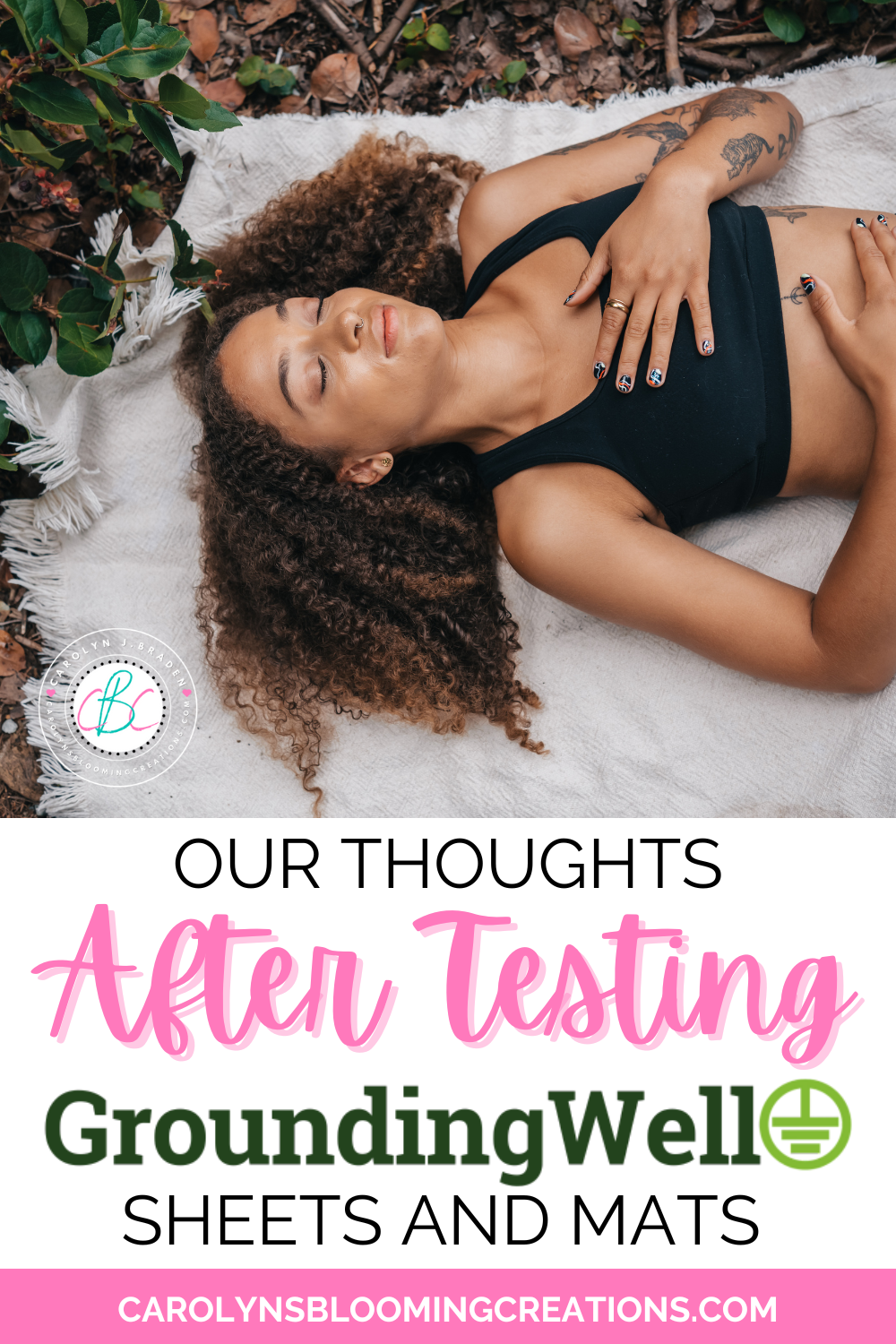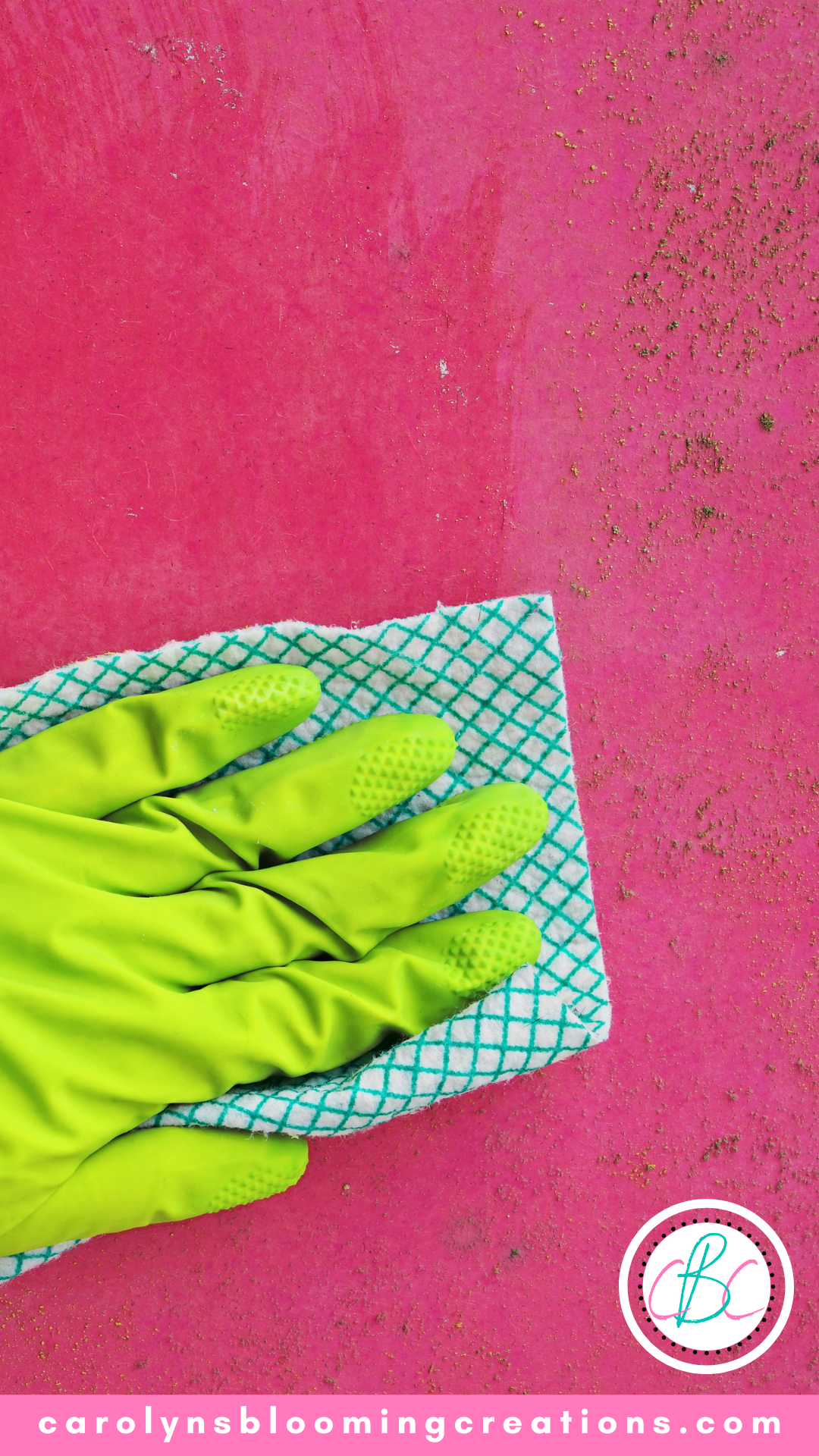C.J. Braden • 5 Minute Read
What's Causing Mold To Grow In Your Home?
Nobody wants mold growing in their home. On top of looking unpleasant and giving off a musty smell, mold can be dangerous for your health - breathing in spores could lead to respiratory problems. This is why it’s so important to get rid of mold the moment you discover it.
How to Clean Mold In Your Home.
After living in the hot and humid climate in southwest Florida for over a year now, I understand mold well! After a week of non-stop rain, I see mold growing in the yard, on the side of the house and more. It shows up in a variety of shapes, colors and sizes.
There are many cleaning products that you can buy that help to eliminate mold. I sometimes like to use a bleach based cleaner to temporarily remove mold. However, you can find that the mold reappears unless you tackle the cause. So exactly what causes mold?
Mold looks like mushrooms under a microscope
Firstly, it’s important to remember exactly what mold is. Mold is a fungus (when you look at it under a microscope it looks like lots of mini spindly mushrooms). Fungi thrives in conditions that are damp, warm and dark. Therefore, if your home is damp, warm and dark, mold is likely to grow there.
The following post delves into these environmental factors (moisture, warmth and lack of sunlight) and how you can prevent your home from being a breeding ground for fungi such as mold.
Eliminate moisture to remove mold in your home
1- Moisture
The biggest cause of mold is excess moisture. If a wall or ceiling is constantly damp, there’s a big chance that mold spores will find their way there and start growing.
Moisture could be caused by water damage. Things like rainwater leaks, plumbing leaks, rising damp and flooding can cause timber and brickwork to become sodden and weak. Water damage can not only attract mold but also affect the structural integrity of your home, so it’s vital that you get rid of this damage (if it’s caused by a leak, make sure to repair the leak). A water damage restoration company may be able to help.
Mold can be found on ceilings after a leak
Moisture can also collect on walls as a result of condensation. If the air is too humid and there is no ventilation or dehumidification in place, condensation will occur more often and you will get more mold. Make sure that rooms are well ventilated by opening windows or by installing extractor fans (these are particularly important in rooms such as the bathroom and kitchen where there is a lot of steam). A dehumidifier could be worth investing in if you live in a humid location.
You tend to find mold in warm areas of your home
2- Warmth
As mentioned already, warmth contributes to mold growth. This is why mold tends to grow in warm insulated rooms like basements and near heat sources such as hot water pipes.
Keeping a flow of cool air through a building may help to prevent mold growth. Opening windows where possible or using fans and air conditioning may help to reduce mold growth.
Mold often grows in locations with a lack of sunlight
3- Lack of sunlight
Mold tends to grow in areas that aren’t exposed to direct sunlight. If you’ve started to get mold on a window sill and the curtains are closed for most of the day, consider whether throwing open those curtains could help to kill off the mold.
For areas of your home that cannot be reached by the sun, you could consider installing UV lamps. These help to recreate the UV light given off by the sun - and should help to kill off mold.
Follow C.J. Braden on social media for daily helpful tips and tricks
C.J. Braden is a regular contributor and editor for Carolyn’s Blooming Creations. She has been featured in numerous media publications such as InStyle Magazine, on HGTV, on Bustle.com, and more. She is the author of the books Georgia McMasters in Amethyst Lake Cemetery, How To Be Yourself: 3 Little Ways to Get Back To You Being You, and the illustrator for the children’s book Bridging Connections. She is a former classroom teacher that now dedicates her life to educating others on how to live their most healthy, creative and happy life. Learn more about her visiting our About Us page.
This is a collaborative post and may contain affiliate links. All opinions and ideas expressed in this post, however, are based on my personal point of view.






